Want to climb Everest? Leave your yoga tent at home! Nepalese authorities vow crackdown on luxury setups clogging up base camp
They enjoyed the height of luxury, with yoga tents, ensuite bathrooms and even flat-screen TVs transported almost 5,500 meters to Everest base camp.
But climbers hoping to brave the ascent of the world’s highest mountain will now have to do without such luxuries following a crackdown by Nepalese authorities.
Officials are concerned that the base camp, which sits 5,000 meters high on the Himalayan mountain, is becoming too crowded amid a surge in visitors.
Luxury holiday companies, offering premium services such as glamorous chalets, Wi-Fi and bespoke restaurants, are overwhelming the available space at base camp.
The dome-shaped tents have carpeted floors, wooden furniture and private bathrooms, and some are used only for recreational meditation and massages.
Officials are concerned that the base camp (pictured), which sits 5,000 meters high on the Himalayan mountainside, is becoming too crowded amid a surge in visitors
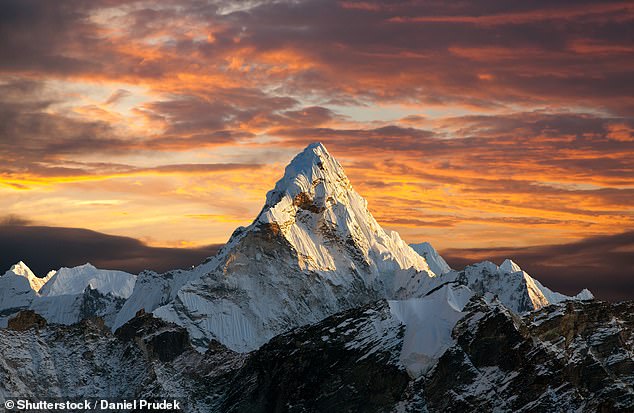
Luxury holiday companies, offering premium services such as glamorous chalets, Wi-Fi and bespoke restaurants, are overwhelming the available space at the Mount Everest base camp
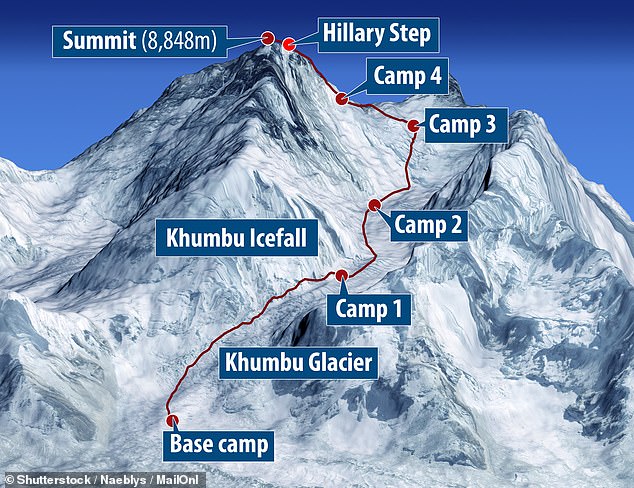
Mount Everest split into sections. Trekkers usually stay at the base camp for a few days to acclimatize to the altitude and prevent altitude sickness
Other facilities created in the camp were purely commercial, including a bar, bakery, cafes and even a museum.
Trekkers usually stay at the base camp for a few days to acclimatize to the altitude and prevent altitude sickness.
But new regulations from authorities will limit the size of tents to ensure a fairer distribution of space and ban commercial ventures.
The regulations also hope to boost local employment by requiring companies to use yaks to move equipment instead of helicopters.
Under the new rules, helicopters are only allowed for the rescue of injured climbers and for the emergency evacuation of people suffering from altitude sickness.
Dawa Steven Sherpa, secretary of the Expedition Operators Association, told The Times: “The base camp should be comfortable. That is the point. There’s nothing wrong with luxury, as long as it doesn’t impact other people or the environment.’
There have been some reports of companies having onesie pajamas, fresh meat and vegetables, a desk and four personal Sherpas on display.
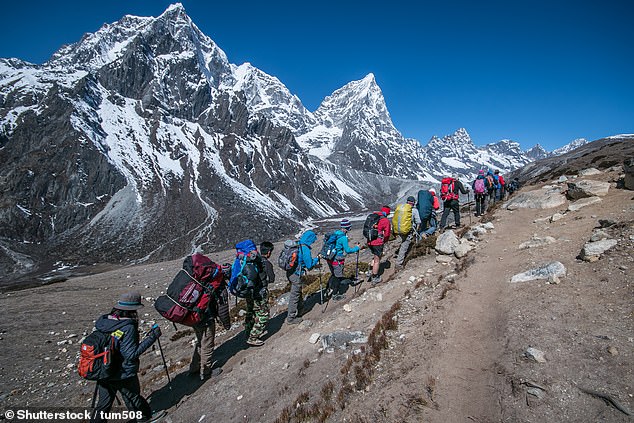
A group of trekkers on their way to Everest base camp
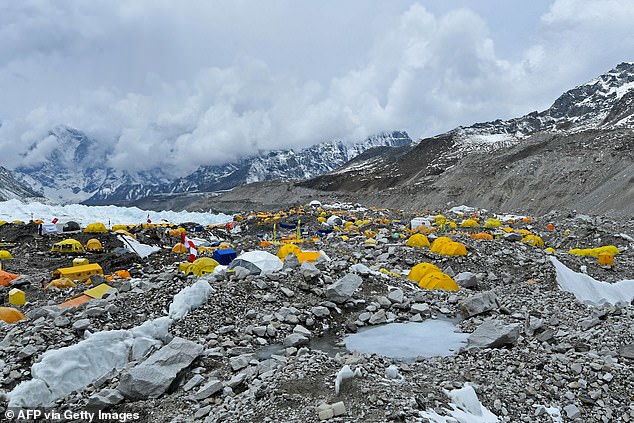
Mountaineers’ tents are pictured at the Everest base camp in 2021. Under the new rules, helicopters are only allowed for the rescue of injured climbers and for the emergency evacuation of people suffering from altitude sickness
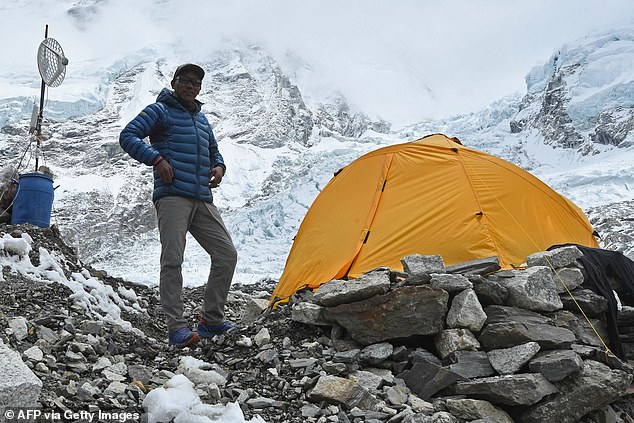
Nepalese mountaineer Kami Rita Sherpa poses for a photo during an interview with AFP at the Everest base camp on Mount Everest in 2021
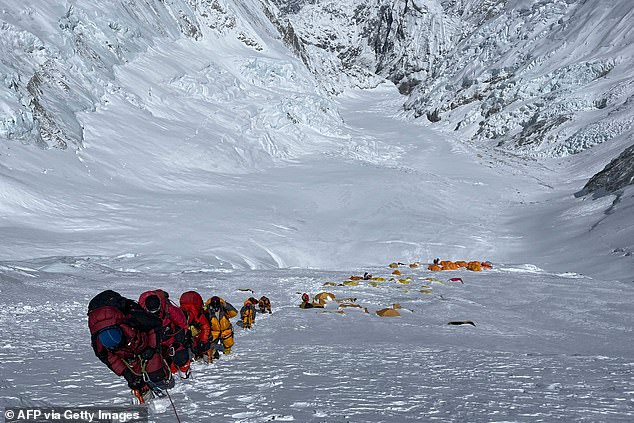
A group of mountain climbers climbing a slope during their climb to the summit of Mount Everest in 2021
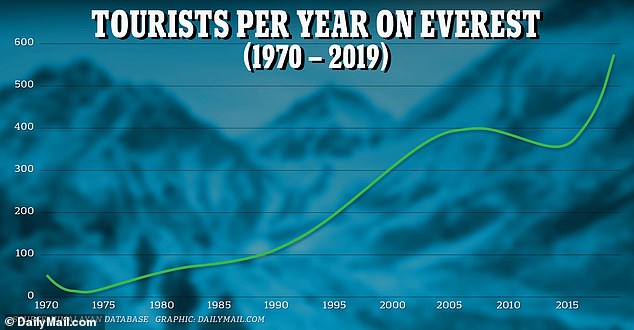
The number of tourists on Mount Everest has increased explosively in recent years
Simon Lowe, founder of trekking company Jagged Globe, told the newspaper that anyone who needs four Sherpas is “not a mountaineer.”
Some of the luxury holiday packages, which cost more than £100,000 per mountaineer, include a ‘rapid ascent’, where clients sleep in pressurized bedrooms at home to acclimatise before being flown straight to base camp.
The modern luxury of climbing Everest is a far cry from when the peak was first climbed by Tenzing Norgay Sherpa and Sir Edmund Hillary in 1953, with the New Zealand mountaineer saying: ‘When you climb at a high altitude, life can become quite miserable’ .
Mount Everest, which reaches a height of more than 29,000 feet, has seen a surge in popularity in recent years. In 2021, Nepal issued 408 climbing permits, the highest number in history.
More than 300 people have died on Mount Everest since 1992, with many blaming inexperienced and unfit tourists who were allowed to climb to the summit.
In 2019, videos on social media showed long, crowded lines trying to reach the summit while walking over dead bodies stranded on the mountain.
One eerie image showed a long line of adventurers stepping over a rope tied to a frozen corpse hanging above the mountain nearly 30,000 feet above sea level.
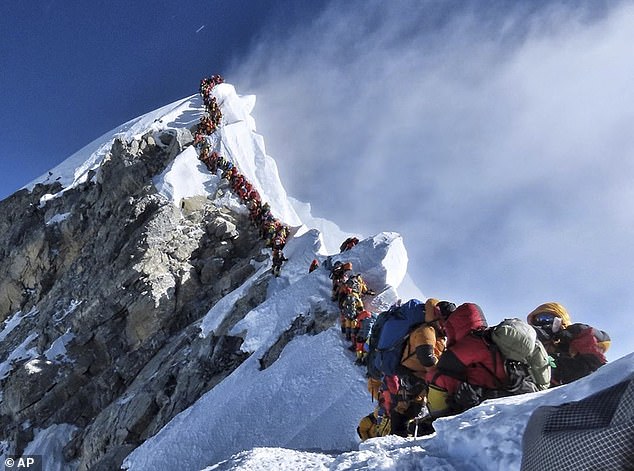
A long line of mountain climbers, caused by overcrowding, lined a trail on Mount Everest in 2019
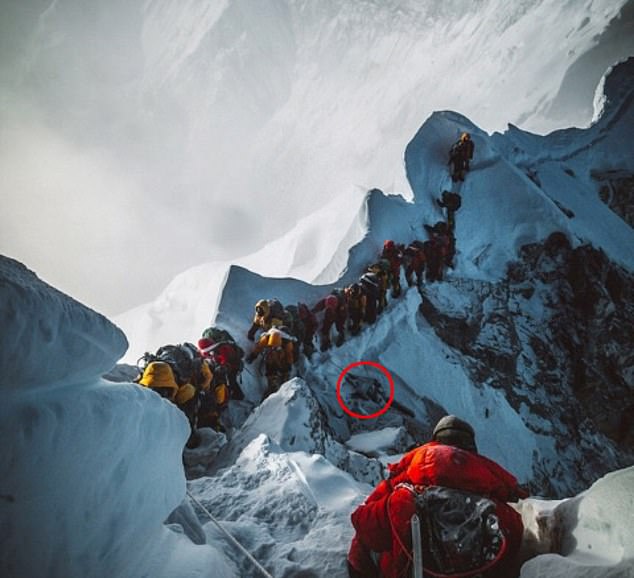
In 2019, a photo was posted showing a corpse still tied to the mountain and dangling amid long lines
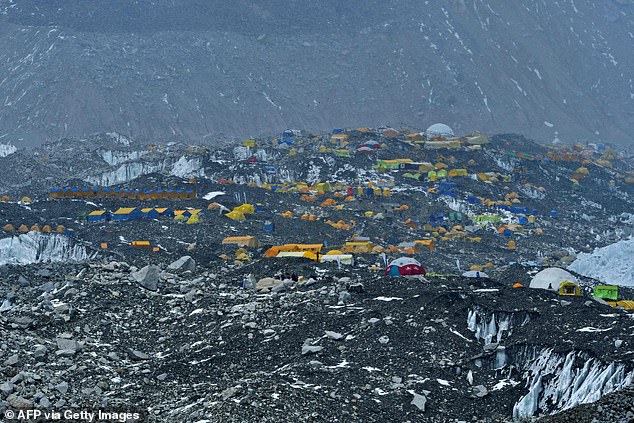
Expedition tents at the Everest base camp in the Mount Everest region of Solukhumbu in 2021
But despite the death toll, the route’s popularity has continued to increase, causing problems due to the large amounts of waste produced.
Experts estimate that as much as 50 tons of waste remains on the mountain, while Everest base camp produces 75 tons of waste each season.
The waste problem is now so bad that climbers will be forced to carry their own poop back down the mountain.
Mount Everest itself is located in the Sagamartha National Park in the Khumbu region of Nepal.
This 124,400-hectare UNESCO World Heritage Site contains some of the world’s highest mountains and some 200 Sherpa villages.
The number of tourists visiting the park has been steadily increasing for years, but has recently started growing extremely rapidly, doubling in the three years between 2014 and 2017.
While the park itself is home to a permanent population of only 7,000 people, around 60,000 foreign tourists now visit the park every year, along with thousands more Nepali guides.
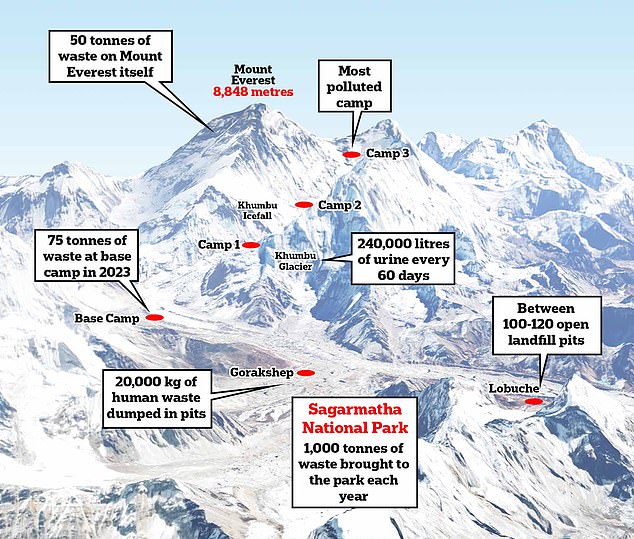
Tourists coming to Mount Everest and the surrounding Sagarmatha National Park bring in an estimated 1,000 tons of waste every year, most of which never leaves the park
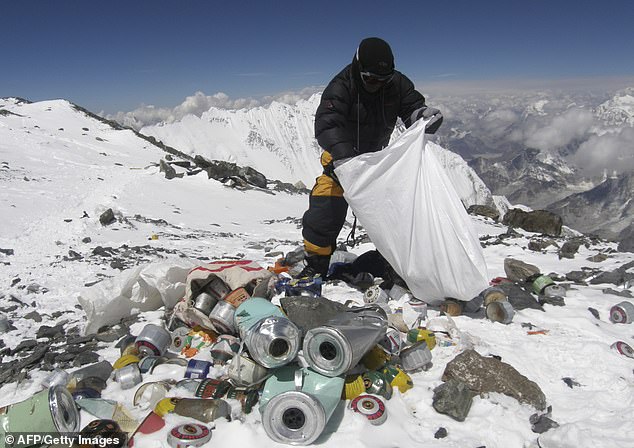
Waste collected from the mountain, as seen here during a 2010 cleanup at an altitude of almost 8,000 meters, is taken back down the mountain where it is recycled or dumped in landfills
But while these tourists generate millions for the Nepalese government and the local economy, they also generate enormous amounts of waste.
The problem became so serious that in 1991 the Sagarmatha Pollution Control Committee (SPCC) was formed to try to get the amount of waste back under control.
The SPCC now manages waste collection from Everest Base Camp and the trails in the national park.
And since 2014, climbers going beyond Base Camp must take 8kg of rubbish with them or risk losing their $4,000 (£2,600) deposit.
